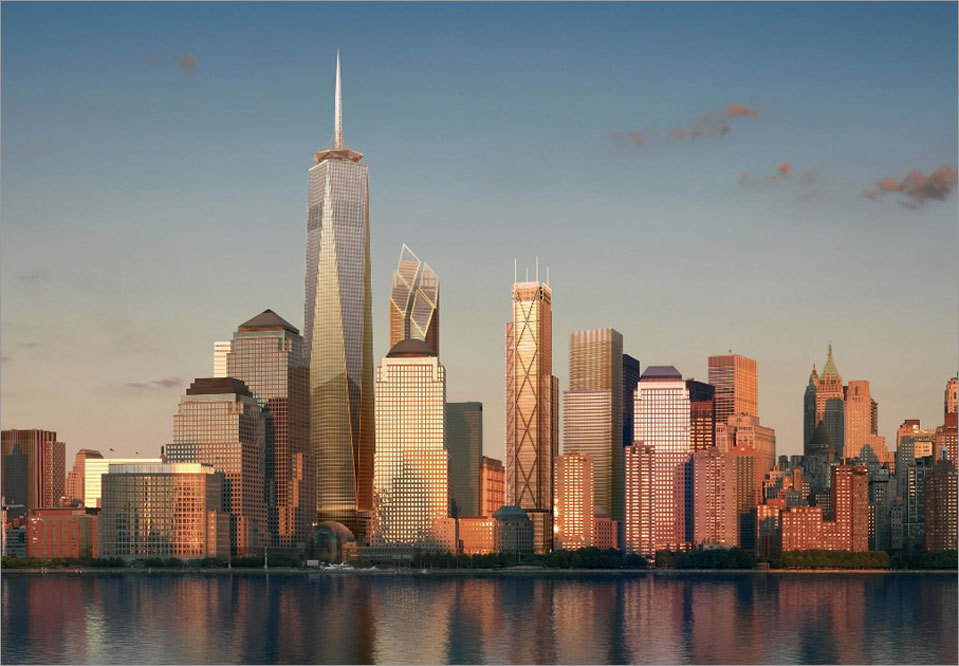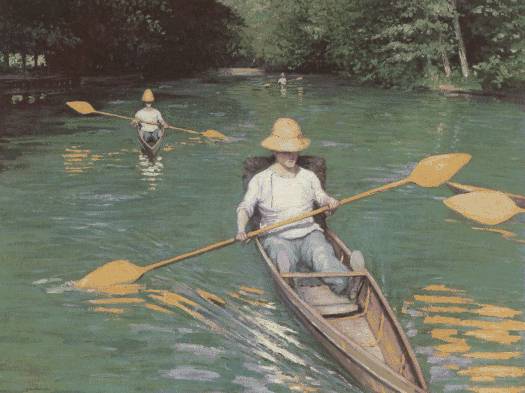Visual illusions involve visual deception. Due to the arrangement of images, effect of colors, impact of light source or other variable, a wide range of misleading visual effects can be seen.
Example 1:

This insect uses visual deception to evade its predators. When first looking at this insect, many animals (and humans too!) would think he was a leaf.
Example 2:

Believe it or not, this building is simply made out of parallel lines and staggering blocks. Because of visual deception though, our eyes view the lines as sloping and the building as crooked. The contrast of the black and white colors come into affect as well, because if other colors were used the effect would go away.
Example 3:

This faucet with running water appears to our eyes as though it is floating. Our eyes deceive us and make us wander how there is enough water pressure to be holding a faucet that high up in the sky. In reality, there is a very big tube down the middle of it that holds the structure up.














